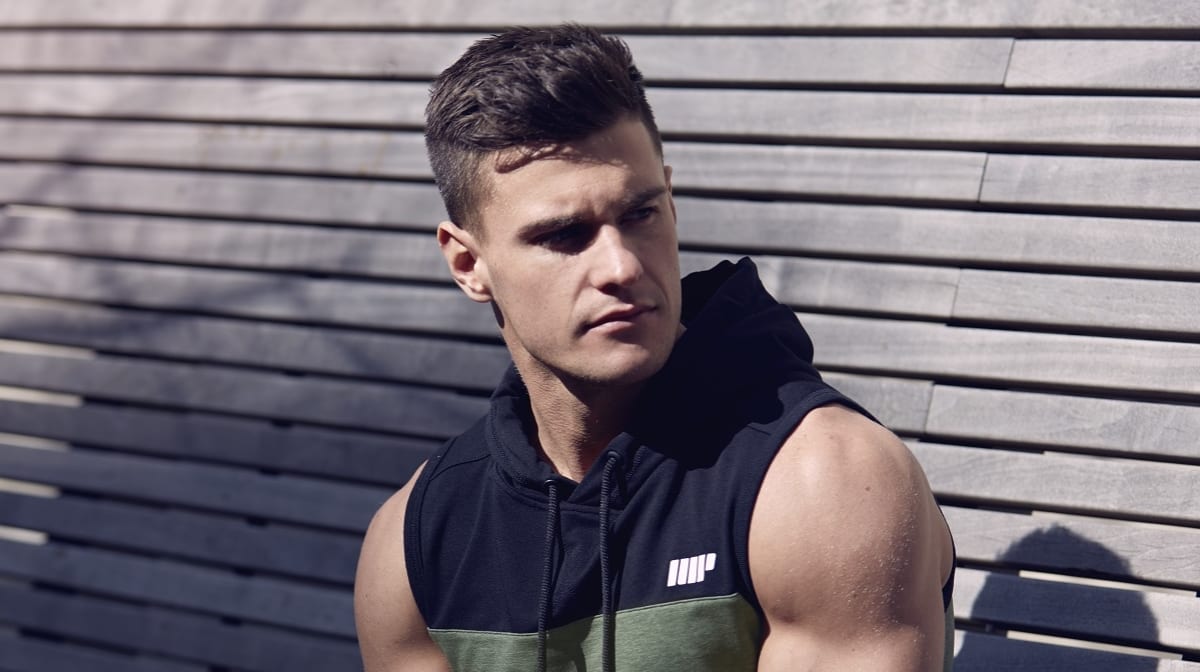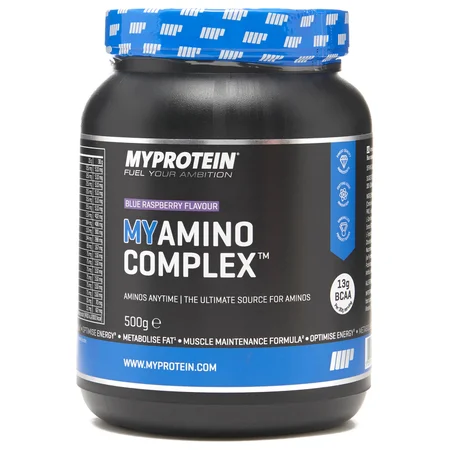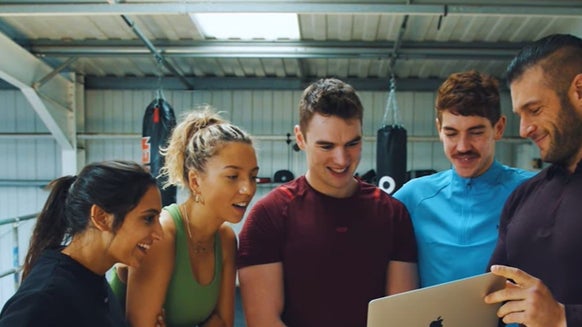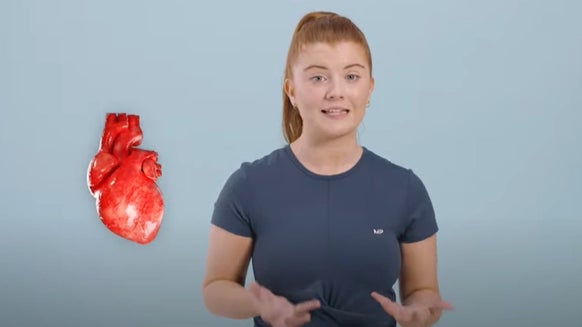Squats vs. Cable Squats | How Do You Squat?

Squats. These are a very well known, beneficial compound exercise. Targeting the quads, glutes, and hamstring complex, this is a great exercise for building lower body strength while improving core strength, too. However, squats are sometimes avoided for having the reputation of “destroying” your knees.
How To Do A Cable Squat
Begin the cable squat by standing in front of the cable machine, with your feet about shoulder-width apart, feet facing forward. The cable (and attachment) should be low at your feet. Engage your core and keep your shoulders retracted to prevent slouching. Grab onto the attachment and slowly lower your body as if you’re about to sit down in a chair by bending at the knees and hips; squatting motion. Keep your knees aligned with your second and third toes to prevent any stress on the knees. Don’t bend your arms during the exercise, keep them straight! Squeeze your glute muscles as you come back up to starting position until your knees are back into full extension. Repeat this motion for as many desired repetitions within the set.
When performed properly, this exercise can actually improve the stability in your knees and strengthens the connective tissue within the knee. If mobility and strength levels make it difficult for you to perform squats with proper form, then you can incorporate cable squats into your fitness regime. Cable squats are great to use for wanting to increase your strength while improving your form before taking it to the squat rack.

How To Do A Barbell Squat
Step up to the bar, and begin by standing with your feet a little more than shoulder-width apart. Instead of keeping your toes pointed forward, try pointing them slightly outward. By doing this, it allows you to open up your hips as you come down to the bottom of the squatting position, which betters the depth and range of motion. Now, engage your core and look forward straight ahead; don’t look down at your feet and don’t look at the ceiling. Squat down slowly with control, dropping down until your legs are at least parallel (or lower, depending on your mobility). Return to the starting position by squeezing your glutes and quads to bring yourself up to stand.
Which Is Better: Free Weights Or The Cables?
I wouldn’t say one is better than the other. However, as mentioned above, using the cable machine is a great tool to use as you build up your strength while improving your form and avoiding injury from using free weights. Note that the cable machine assists the weight that you are pushing or pulling with the cables, making it slightly less of a load on your body. Some might find that cable squats are more beneficial by increasing range of motion during the entire exercise compared to traditional barbell squats. In addition, with the cable machine, you’re recruiting more stabilizing muscle fibers (e.g. core; transverse abdominis) throughout the exercise. It’s best to incorporate both exercises into your fitness regime to add more variety in the long run.

Common Squatting Mistakes
Whether you’re squatting at the cable machine or barbell squat, there can still be mistakes in performing the exercise itself. Here are some common mistakes to avoid:
? Lifting your heels off of the floor on the way to standing position. You should be driving through your heels on the way up. This helps to better stabilize you and the weight that you are pushing and also better activates the hamstring complex and glute muscles.
? Not reaching parallel. As you’re squatting, your depth should be at parallel or lower if possible. In order to activate and maximize the muscles in your lower body, you must reach parallel. Meaning your hip joint should go below the knee. The deeper your squat is, the more your glute muscles are activated too. If you’re struggling to hit this ideal depth, you could have poor mobility and flexibility; ankle mobility, tight hip flexors, weak glutes or core, or poor pelvic alignment.
? Poor posture. Your chest should be up, shoulders back. Avoid slouching, looking up or down, or hyper-extending your back. Keep your spine in a neutral position the entire time, which is a good way to avoid these common mistakes
Take Home Message
One variation of squatting isn’t necessarily better than the other. Depending on your goals, you can choose which one better suits you and pay attention to what gives you the best results.

Alice Pearson is a UKVRN Registered Associate Nutritionist and UK Anti‐Doping accredited advisor, having obtained a Bachelor’s of Science in Nutrition and a Master’s of Science in Sport Nutrition. She has a specialist interest in the use of sports supplements for improving health, fitness, and sport performance. Alice has experience working with both amateur and elite athletes, including providing nutritional support to Tranmere Rovers FC and Newcastle Falcons Rugby Club. Her nutritional guidance is always supported by evidence‐based research, which she keeps up to date through continuing professional development and independent learning. In her spare time, Alice loves travelling, hitting the gym, and getting stuck into a good book. Find out more about Alice's story here.








